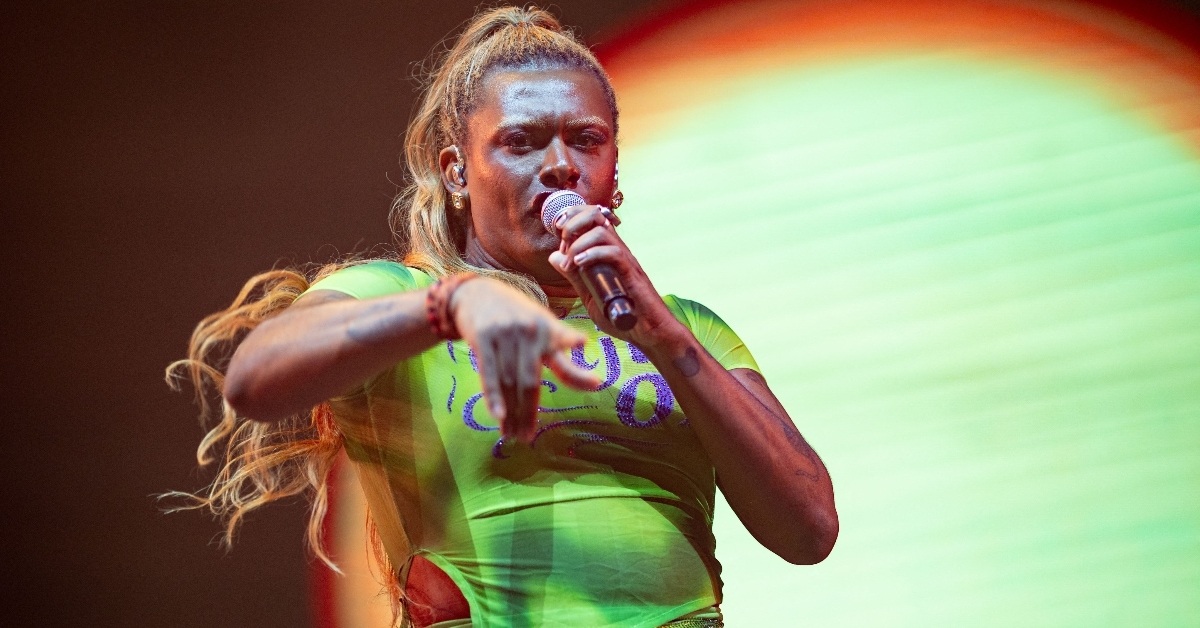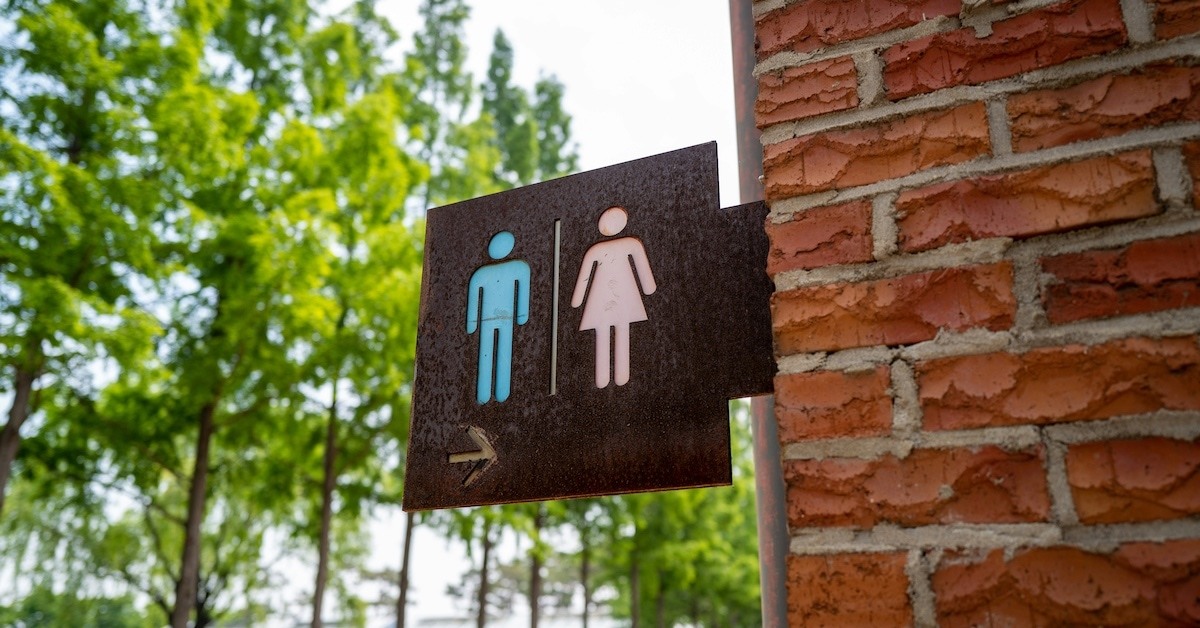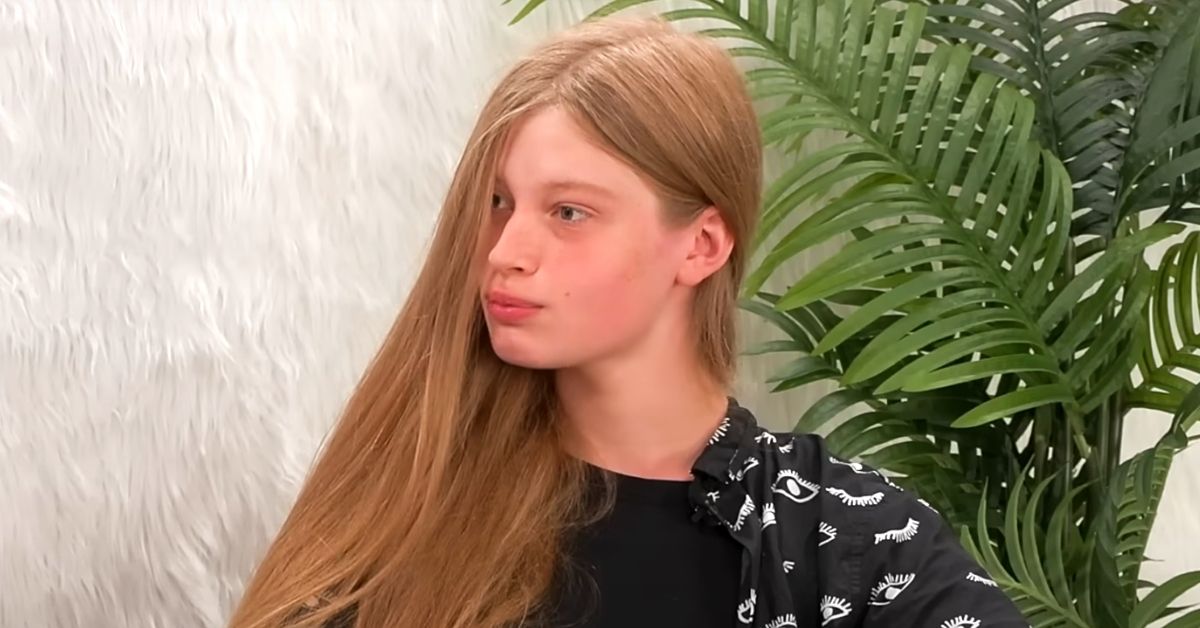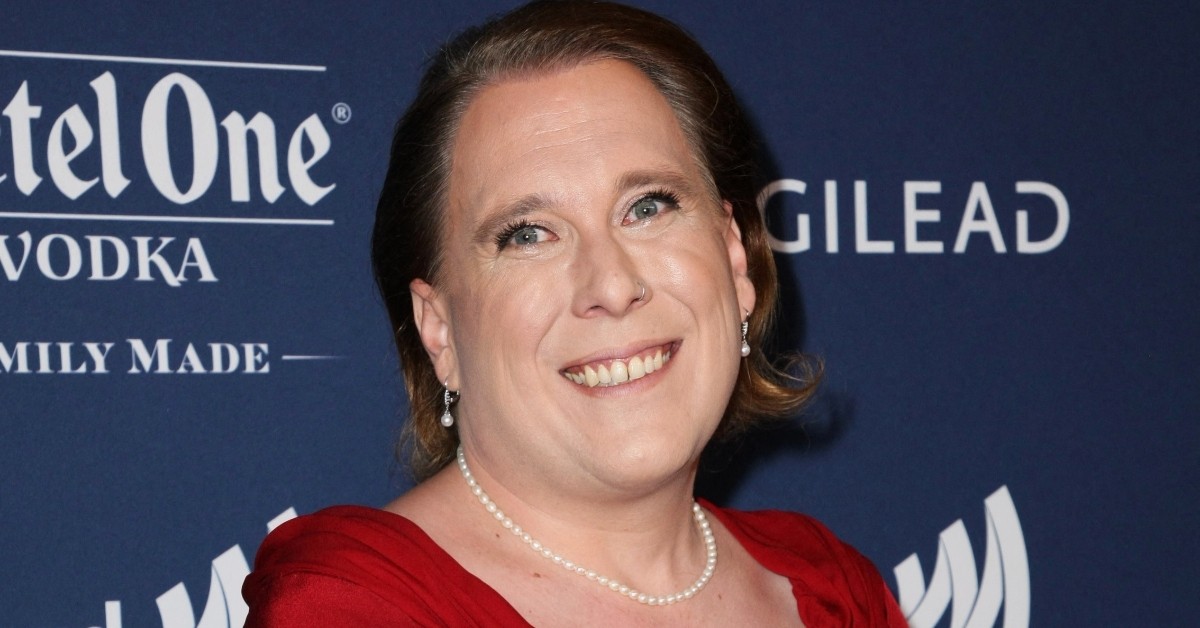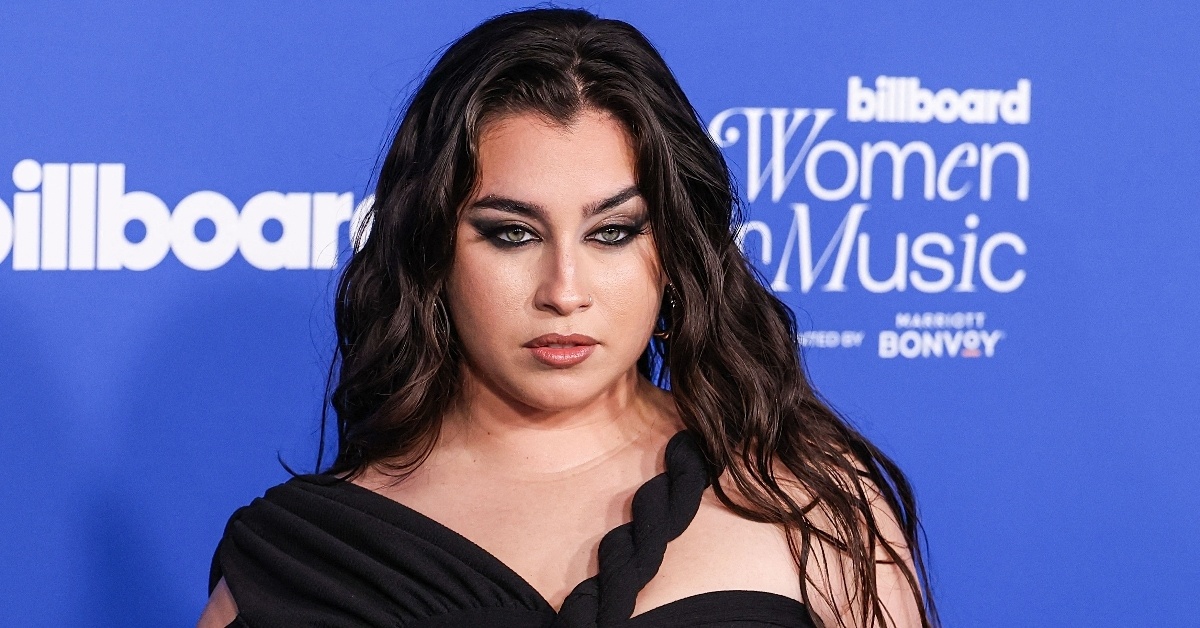BY: Jasmine Franklin
Published 2 months ago
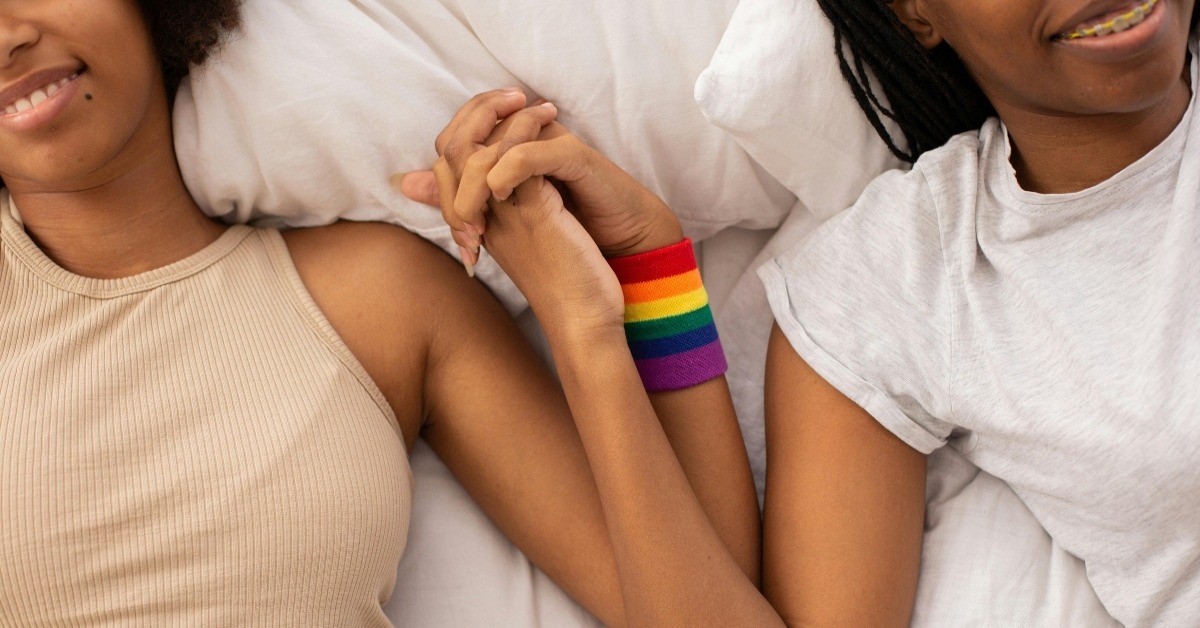
For many, naming who and how they love is a crucial step toward self-understanding. If you’ve ever felt drawn to more than one gender or if the terms you’ve heard so far feel close but not quite right, there’s a word that might fit better. Polysexual. For people who identify as polysexual, the mirror reflects something beautifully layered: attraction to multiple genders, but not necessarily all. If you’ve ever felt like you don’t fit into the terms already on the table, this is the word you’ve been waiting for.
Understanding Sexual Identity

Sexual identity describes how someone experiences romantic or sexual attraction. It can be clear early in life or unfold slowly through reflection and self-discovery. There’s no timeline, and no single path is more valid than another.
Labels like gay, straight, bisexual, queer, pansexual, asexual, and polysexual exist to help people describe their identities in ways that feel right. These words aren’t boxes to get stuck in. They’re tools; ways to express, not restrict.
When someone asks themselves, What does it mean to be polysexual? It’s often more than curiosity. It’s a turning point. And a chance to consider whether there’s language that better fits the way their attraction works. The right word doesn’t narrow your identity. It clarifies it. It makes space.
How Polysexuality Stands Apart

Polysexuality is often grouped with other multi-gender-attracted identities, but it holds its own space. A polysexual person experiences attraction to multiple genders, but not necessarily all. That distinction matters.
Pansexuality is usually defined as attraction to people regardless of gender. Bisexuality typically means attraction to more than one gender, sometimes including and sometimes excluding nonbinary identities, depending on how the person defines it. Polysexuality, by contrast, acknowledges that someone may be attracted to several genders while not being attracted to others.
For example, a polysexual person might feel attracted to women and nonbinary people, but not men. Or they might be drawn to men and agender individuals, but not women. The identity is specific, but it’s not rigid. It offers people room to define their own experience within that range.
When people ask, What does it mean to be polysexual?, they’re often trying to describe an attraction that isn’t random or all-encompassing, but also isn’t limited to one or two boxes. Polysexuality provides a word for those who live in that in-between space.
Finding Freedom in the Word
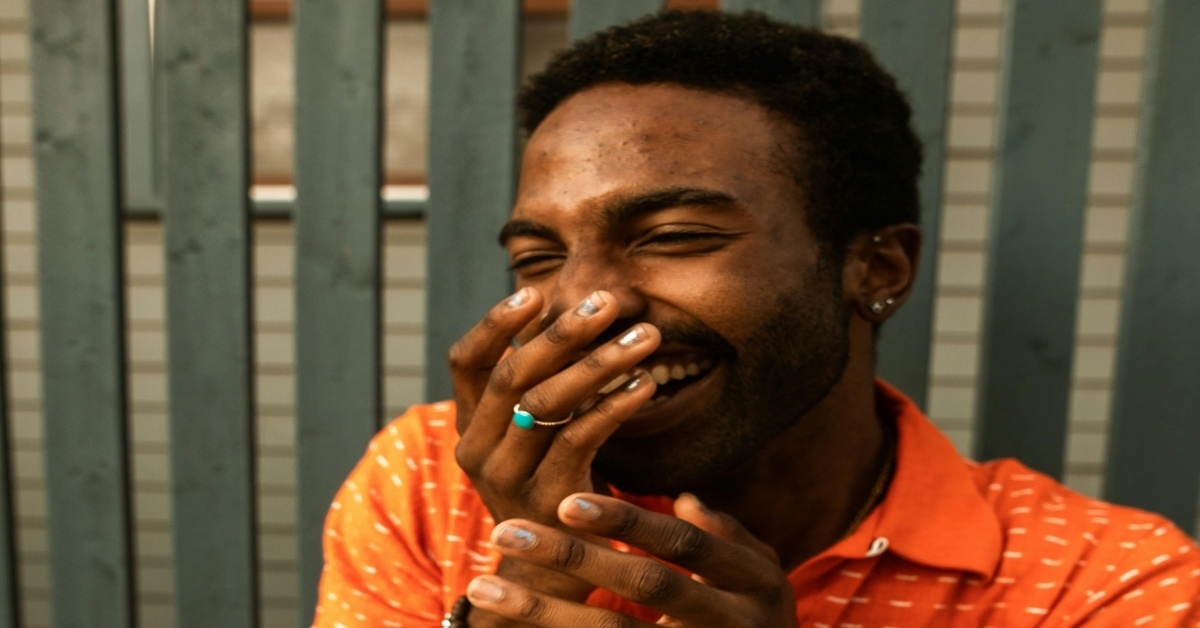
There’s something powerful about discovering the right label. For many polysexual people, finding this term feels like the first time they’ve seen themselves reflected in language. It helps them name a reality they’ve felt for years.
You don’t owe anyone an explanation or a checklist of who you’re attracted to. Being polysexual means you’re honest about your desires and how they exist across a range of gender identities.
So, what does it mean to be polysexual? It means you can trust your own experience. It means your attraction can be specific, uneven, and still completely valid.
Have you ever felt like existing labels didn’t quite capture your experience with attraction? Share ways you’ve navigated your own identity in the comments.

